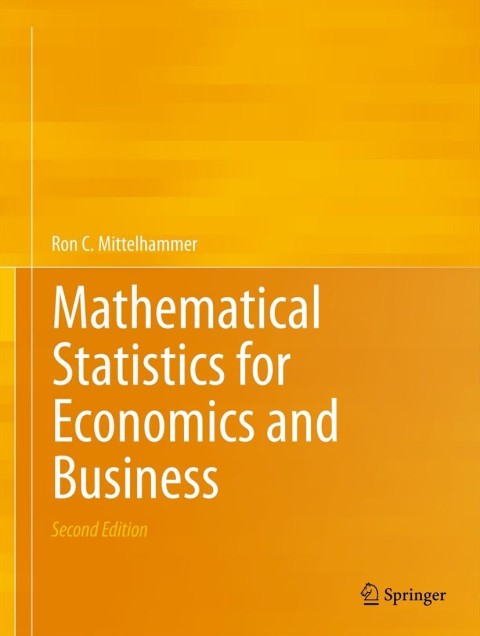The daily closing price for a certain stock issue on the NYSE can be represented as the
Question:
The daily closing price for a certain stock issue on the NYSE can be represented as the outcome of \(Y_{t}=Y_{t-1}+V_{t}\), where \(y_{t}\) is the value of the stock price on day \(t\), and \(V_{t} \sim N(0,4)\) (This is an example of a stochastic process known as a random walk.)
(a) Use the change of variable approach to verify that if \(\left(U_{1}, U_{2}ight)\) are independent and identically distributed Uniform \((0,1)\) random variables, then
\(V_{1}=\left[-2 \ln \left(U_{1}ight)ight]^{.5} \cos \left(2 \pi U_{2}ight)\) and
\(V_{2}=\left[-2 \ln \left(U_{1}ight)ight]^{.5} \sin \left(2 \pi U_{2}ight)\)
are independent and identically distributed \(N(0,1)\) random variables.
(b) Simulate 10 days worth of stock prices \(\left(y_{1}, \ldots, y_{10}ight)\) using \(y_{0}=50\), the result in (a), and the following 10 outcomes from a Uniform \((0,1)\) computer random number generator:
(.9913,.4661,.1018,.0988,.4081,.3422,.1585,.6351,.0634, .4931).
(c) Are you simulating a random sample from a population distribution or is this more general random sampling? Calculate the sample mean and sample variance and compare them to whatever characteristics of the random walk process that you feel is appropriate.
Step by Step Answer:

Mathematical Statistics For Economics And Business
ISBN: 9781461450221
2nd Edition
Authors: Ron C.Mittelhammer





